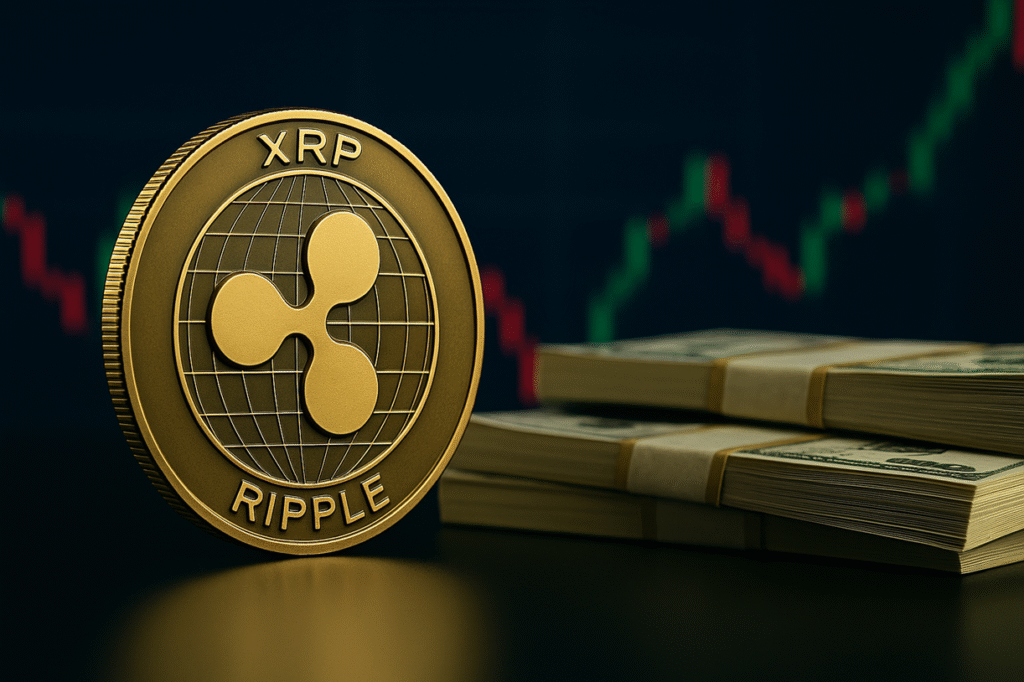In the world of digital finance, understanding the true utility of cryptocurrencies is crucial for informed investing. Among many contentious discussions, the debate about XRP’s functional relevance stands out. While some view it as an essential liquidity bridge in the blockchain ecosystem, others question its practicality in a market increasingly dominated by fiat-backed stablecoins. This discourse not only impacts investment decisions but also reveals the complexities of cryptocurrency adoption and integration into traditional financial infrastructures.
Debating the Purpose and Future of XRP in the Crypto Ecosystem
Understanding XRP’s Utility
Crypto enthusiast Scott Melker recently reignited discussions around XRP, questioning its current utility amidst the rise of stablecoins like those backed by traditional banks. “What is the present value proposition of XRP?” Melker inquired on social media, pushing for concrete examples of XRP’s use case beyond speculative hype.
Some community members responded by highlighting XRP’s role as a liquidity bridge. Contrary to stablecoins that denote value, XRP facilitates value transfer across diverse financial systems, linking currencies, assets, and payment networks. This viewpoint positions XRP not as a competitor to stablecoins but as an enabler of liquidity, essential for real-time settlements and FX conversions among central banks, corporate treasuries, and other financial entities.
Ripple’s Strategic Dependency on XRP
Former CoinRoutes chairman Dave Weisberger contends that XRP’s significance stems more from Ripple’s strategic reliance on it than from broad market adoption. Ripple uses XRP to fortify its balance sheet and liquidity solutions. Weisberger argues that the token’s market value directly influences Ripple’s operational capabilities, suggesting that while XRP’s price stability supports Ripple’s strategies, any price volatility could impact their financial strength.
XRP’s Foundational Role in Blockchain
The ongoing dialogue also touches on fundamental misunderstandings about XRP’s role. Community proponents argue that XRP is not a “pitch” but the core value layer of its distributed ledger, integral to the XRP Ledger’s operation. In contrast to stablecoins, which derive utility from the platforms they reside on, XRP is designed as a neutral medium, facilitating settlement-grade liquidity across disparate systems.
Despite these claims, Melker and others remain skeptical, seeking tangible evidence of XRP’s functionalities at an institutional level. While Bitcoin is defended as a store of value without needing a specific use, XRP’s future hinges on its utilization as a transactional tool within its marketed framework.
Frequently Asked Questions
Is XRP a sustainable investment?
XRP’s investment potential is influenced by both Ripple’s strategic use and market conditions. While it offers unique liquidity advantages, investors should carefully consider market volatility and Ripple’s financial strategies before committing.
How does XRP differ from stablecoins?
XRP serves as a liquidity bridge enabling cross-system value transfer, while stablecoins are platforms that represent a stable value, typically backed by fiat currencies. XRP’s utility lies in facilitating real-time settlements and providing on-demand liquidity.
What are the risks associated with investing in XRP?
Investors should be aware of regulatory challenges, market volatility, and Ripple’s dependence on XRP’s market value. The token’s long-term success is tied to its practical implementation and adoption within financial sectors.
This comprehensive guide to XRP explores its utility, strategic significance for Ripple, and its comparative positioning against stablecoins. The FAQs provided aim to assist readers in making well-informed investment decisions.

